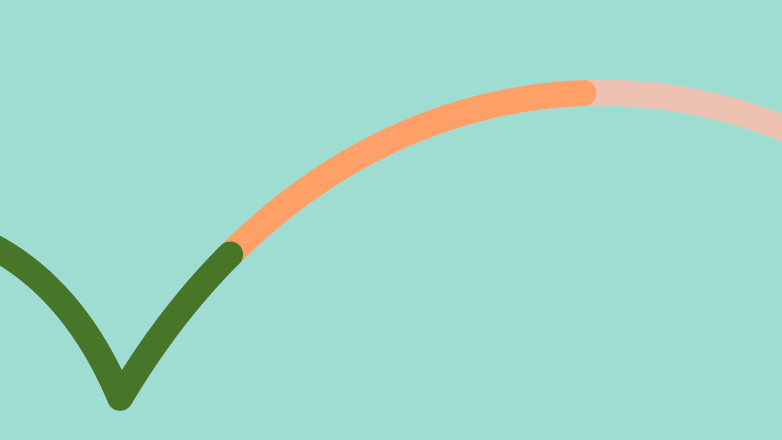Supreme Court decision on whether AI can be an inventor coming this Wednesday
Following a hearing in March, the UK Supreme Court will hand down its highly anticipated judgment in Thaler v Comptroller General at 9.45am on Wednesday 20 December. As an early Christmas present to AI and IP fans who have been closely following the case over the last five years, the Supreme Court will finally settle whether UK patent law allows an AI system to be named as the inventor for a patent application. Ahead of the decision, this article reviews the debate so far and the impact of a decision in either direction.
How have we got here?
With the rise of generative AI, the potential for AI systems to create has exploded into the public consciousness over the past 12 months. This has spurred much debate about how our existing IP framework applies to these new creations. Perhaps ahead of its time, back in 2018 Dr Stephen Thaler (with the help of the Artificial Inventor Project) filed a series of patent applications with patent offices around the world to test they would register applications for patents which named an AI system (DABUS) as the inventor.
When filing these applications Dr Thaler took an uncompromising stance. As his legal team explained to the Supreme Court, he genuinely believes that the inventions were autonomously generated by DABUS and he doesn’t feel it is open to him to name himself as the inventor. Success for these test cases has been limited so far as the majority of the applications have been rejected. While appeals are pending in several jurisdictions, only South Africa has so far agreed to register an application with the inventor described as "DABUS, The invention was autonomously generated by an artificial intelligence”.
In the UK, Dr Thaler filed two GB patent applications naming the creativity machine "DABUS" as the inventor. Dr Thaler stated his right to file the applications was derived from his ownership of DABUS. The UKIPO deemed the applications withdrawn on the basis Dr Thaler had failed to comply with section 13(2) of the Patents Act 1977 by identifying the person who he believed to be the inventor and how he derived his right to apply for the invention. This decision was upheld on appeal to the High Court and further upheld by the Court of Appeal (with Arnold and Laing LJJ in the majority and Birss LJ dissenting). For our analysis of the High Court and Court of Appeal decisions see here, here and here.
Dr Thaler sought permission to appeal further following the Court of Appeal decision in September 2021. This created an interesting dynamic, as in October 2021, the UKIPO issued a consultation on AI and patents which sought views on whether (i) the definition of an inventor should be expanded to…



